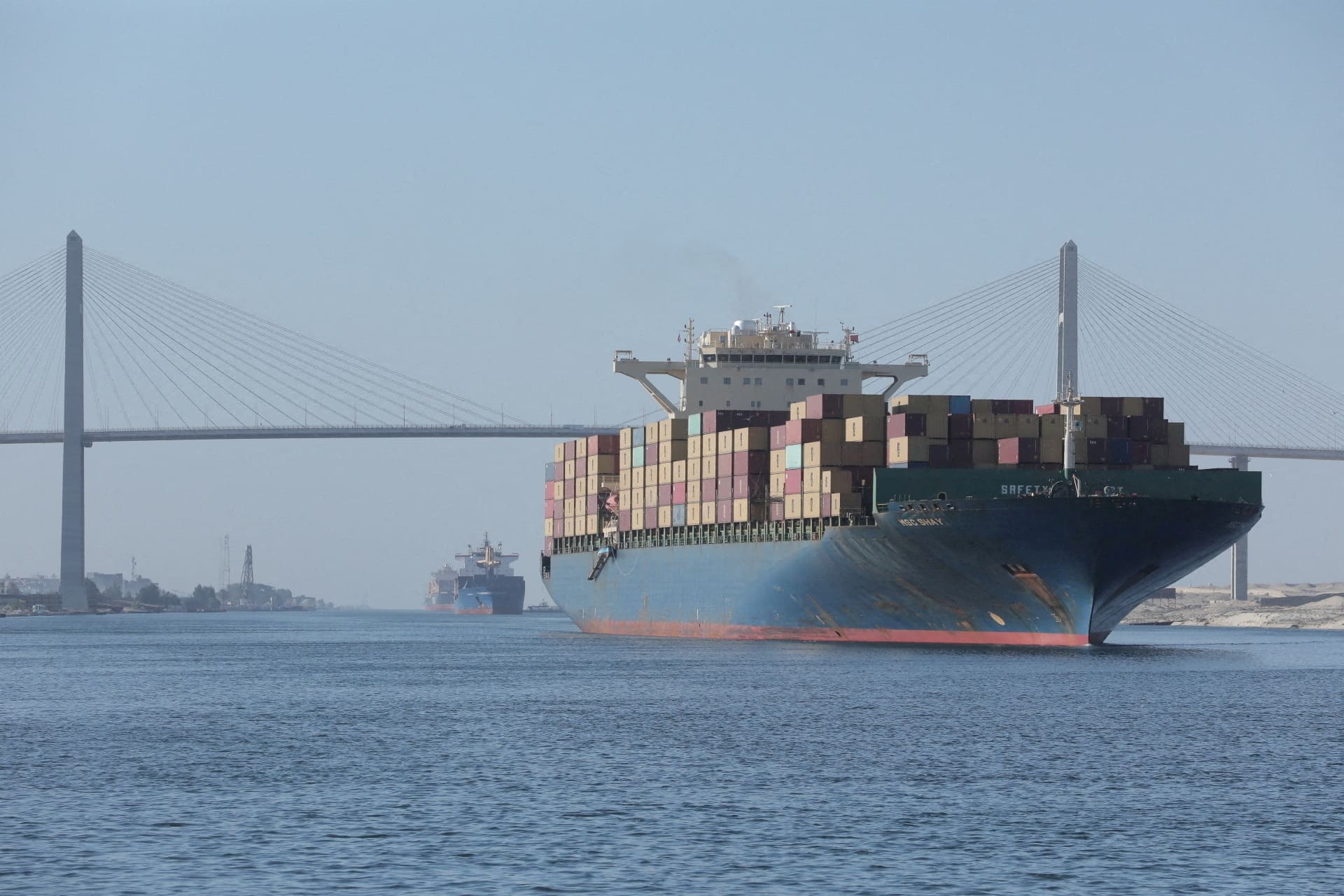Impact of Red Sea Shipping Diversions on Carbon Emissions
Ships navigating around the Red Sea due to ongoing security threats from Houthi rebels are contributing to carbon emissions, posing challenges for companies attempting to reduce pollution in their supply chains.
Environmental Impact of Red Sea Shipping Diversions
- The detour around the Red Sea has resulted in approximately 13.6 million additional tons of CO2 emissions over the past four months.
- This is equivalent to the pollution generated by about 9 million cars during the same period.
- The surge in carbon emissions presents a difficult challenge for companies striving to achieve their net zero targets.
Challenges Faced by Companies
Sushank Agarwal, a managing director at INVERTO, highlighted the dilemma faced by companies in meeting net zero targets. Companies must either reduce emissions elsewhere in their supply chains or invest in costly carbon offset initiatives.
Global Concerns and Regulatory Measures
- The International Maritime Organisation plans to implement the world’s first global carbon levy in 2027.
- The urgency to address emissions from shipping remains vital in the face of global warming.
- The industry’s role in global trade underscores the importance of mitigating its environmental impact.
Increasing Carbon Emissions in Container Shipping
A report from Oslo-based freight-analytics company Xeneta reveals a sharp increase in carbon emissions within container shipping, particularly on voyages between Asia and the Mediterranean.
Operational Changes and Impact on Emissions
- Vessels are operating at higher speeds to compensate for the longer routes, further aggravating carbon emissions.
- Data indicates a notable uptick in the average speed of the world’s largest container ships following the escalation of Red Sea security threats and subsequent diversions.
The environmental toll of the shipping diversions is significant, emphasizing the need for sustainable practices in the shipping industry.















































